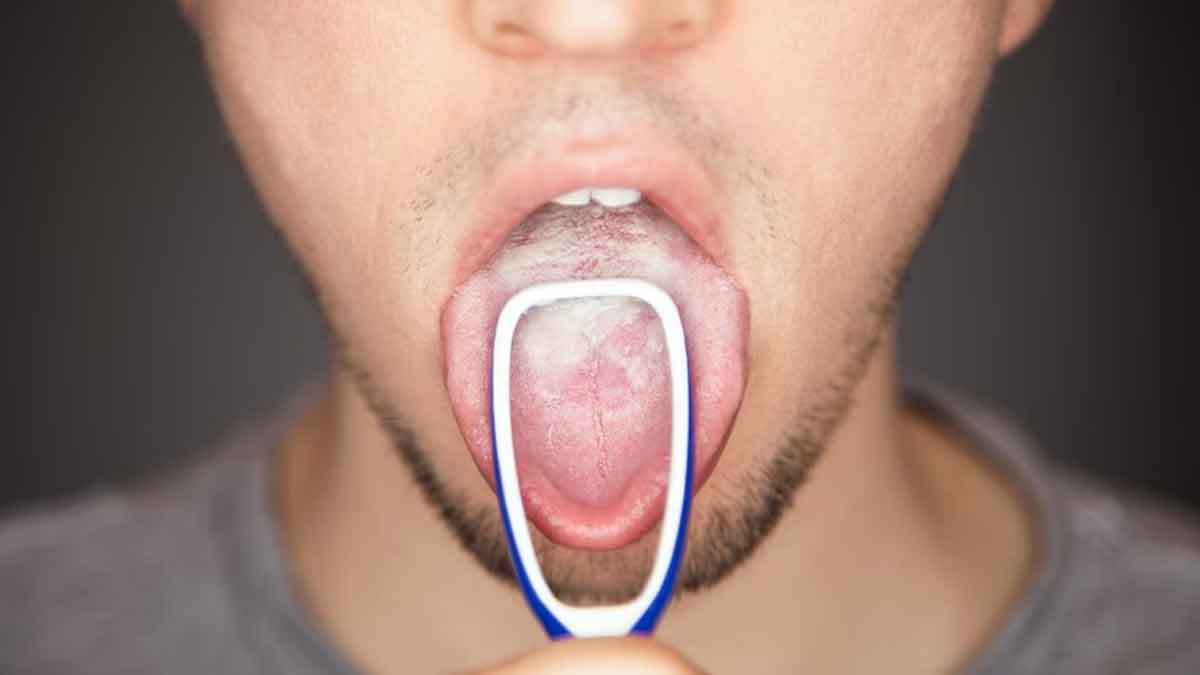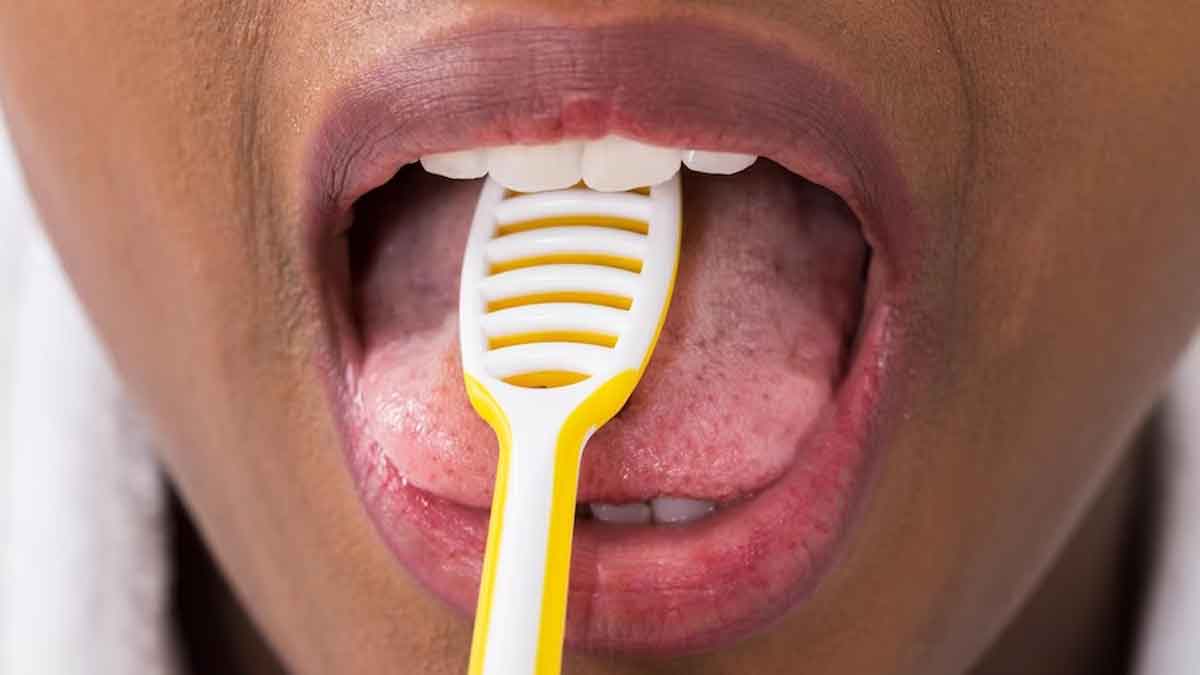
Bad breath can take a serious toll on your confidence and impact your social presence. Though poor oral hygiene is considered one of the primary reasons behind it, other underlying causes, including digestive problems and respiratory issues, can also contribute to it.
Table of Content:-
According to Dr Vipin Dehane, Consultant Maxillofacial Surgeon, Fortis Hospital, Mulund and Fortis Hiranandani Hospital, Vashi, bad breath, or halitosis, is caused by a mixture of breath with malodorous compounds, such as volatile sulphur compounds that originate from different areas of oral cavity, respiratory tract, and upper digestive tracts.
Also Read: Dental Health: 7 Ways To Maintain Good Oral Health Post-35
"This condition is mainly attributed to the fact that there is an increase in oral cavities which are present in various parts of the mouth such as tongue, teeth, gums, oral mucosa and saliva that are a reservoir for various microorganisms," he said.
When it comes to preventing bad breath, brushing, flossing and rinsing are said to help. However, tongue-scraping is an important step you may be missing out on.
Can Tongue-Scraping Help Prevent Bad Breath?
Speaking with the OnlyMyHealth team, Dr Dehane shared that the tongue serves as a critical interface between the mouth and throat. Given its location, it provides an ideal habitat for a diverse array of microorganisms, which leads to the formation of tongue coating. Research suggests that tongue coating plays a key role in causing bad breath. This makes tongue hygiene essential.
Tongue hygiene ideally involves cleaning the tongue on a daily basis using tongue scrapers and toothbrushes. However, a comparative study found that a tongue scraper may be more efficient in preventing bad breath than a toothbrush.
The 2004 study published in the Journal of Periodontology found that tongue scrapers reduce bad breath by 75%, while the toothbrush only managed 45%.
Also Read: Oral Hygiene: THIS Is How Often You Should Change Your Toothbrush
How To Scrape Your Tongue Effectively

Here’s a step-by-step guide to use tongue scrapers:
- Place the tongue as far out of the mouth as possible.
- Observe the location of the debris accumulation. The debris is usually found on the most posterior aspect of the dorsum of the tongue or the back.
- Now place the tongue cleaner/scraper as far in the posterior region as possible.
- Next, apply force on the scraper to flatten the tongue, making sure that it will contact the entire tongue.
- Slowly, pull the tongue cleaner to the front of the mouth.
- To remove the debris from the cleaning device, place it under a stream of running water.
- Keep repeating the scraping procedures many times and ensure that the cleaning devices are stored properly.
On Managing Bad Breath

When it comes to treatment of bad breath, or halitosis, different antimicrobial agents, such as chlorhexidine, cetylpyridinium chloride, triclosan, essential oils, chlorine dioxide, zinc salts, benzalkonium chloride, hydrogen peroxide and sodium bicarbonate, have been used, either alone or in combination, said Dr Dehane.
He concluded, “Successful treatment of halitosis depends on correct diagnosis and implementation of a cause-related therapy with a focus on the reduction of the intraoral bacterial load and/or the conversion of volatile sulphur compounds to non-volatile substrates.”
Also watch this video
How we keep this article up to date:
We work with experts and keep a close eye on the latest in health and wellness. Whenever there is a new research or helpful information, we update our articles with accurate and useful advice.
Current Version